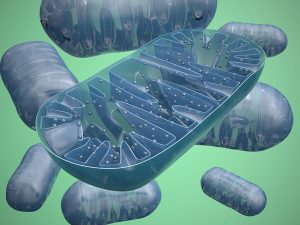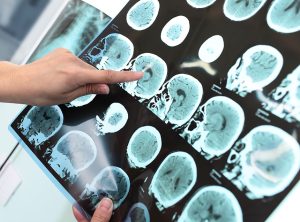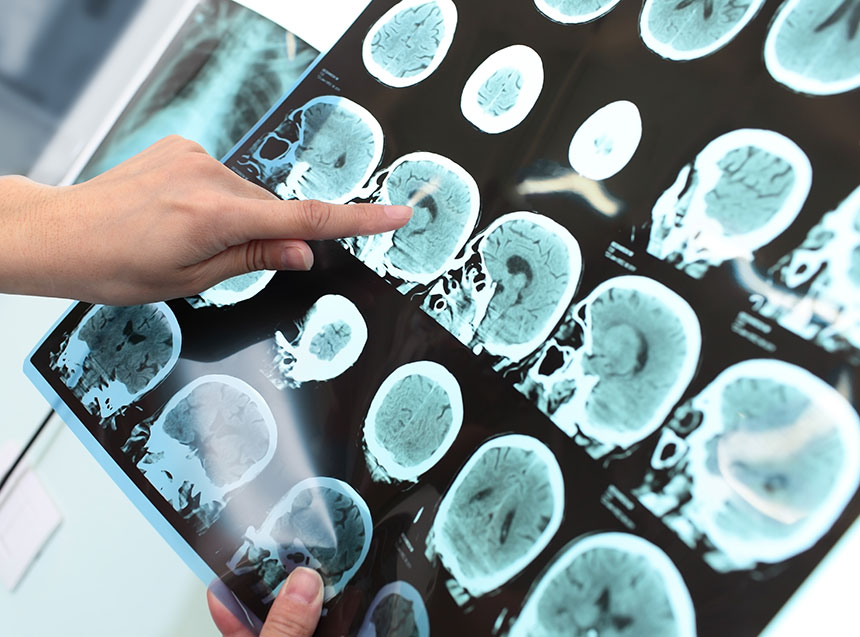Adequate exercise is essential to maintain not only a healthy body, but also a healthy mind. Physical exercise is beneficial for brain plasticity (the brain’s ability to change throughout life), increasing cognition and reducing the risk of dementia, particularly Alzheimer’s disease. Although we know that physical exercise reduces the risk of Alzheimer’s disease, we still do not fully understand the molecular basis of this protection.
In Alzheimer’s patients, an extracellular accumulation of beta-amyloid protein builds up into plaques that prevent cell-to-cell communication. But even before these plaques form, there is evidence that this protein accumulates within the cells, particularly within the mitochondrial organelles.
There are hundreds to thousands of mitochondria present in most cells in our body. These organelles are the major player in cellular energy metabolism and also have important roles in other tasks including cell signaling, differentiation, growth and death.
Recent research (reviewed by Bernardo et al. in Brain Pathology) has shown that the accumulation of beta-amyloid within mitochondria leads to mitochondrial deregulation and toxicity, resulting in an increased production of harmful reactive oxygen species, which enhances the production of the beta-amyloid protein and the toxic cycle continues. Bernardo et al. summarize how physical exercise alters brain structures, including increasing blood flow to the brain, increasing the volume of the hippocampus, increasing synaptic activity and decreasing age-related atrophy in different areas of the brain.
This exercise also causes changes at the cellular level, including increased growth factors and neurotrophins (proteins that are important for neuron survival, development and function). Brain derived neurotrophic factor (BDNF) is an example of a neurotrophin that is increased during and after physical exercise. The increased activity of BDNF is linked to healthy brain mitochondria, by improving glucose transport and respiratory efficiency, upregulating antioxidant enzymes (to prevent the toxic effects of reactive oxygen species) and reducing neuronal apoptosis (cell death). Other mitochondrial proteins, enzymes and neurotrophins are also modulated by physical exercise, resulting in an overall improvement in mitochondrial health.
Mitochondria are the ‘power horses’ of most of our cells, including brain neurons. Healthier mitochondria result in healthier neurons, an overall improvement in brain health and a reduced risk of dementia, especially Alzheimer’s disease. This link between exercise, healthy mitochondria and a healthy brain reinforces the importance of adequate exercise to maintain good brain function throughout our lifetimes. Furthermore, it highlights mitochondrial organelles as a good cellular target for future therapies to prevent, treat and cure Alzheimer’s disease.
References:










